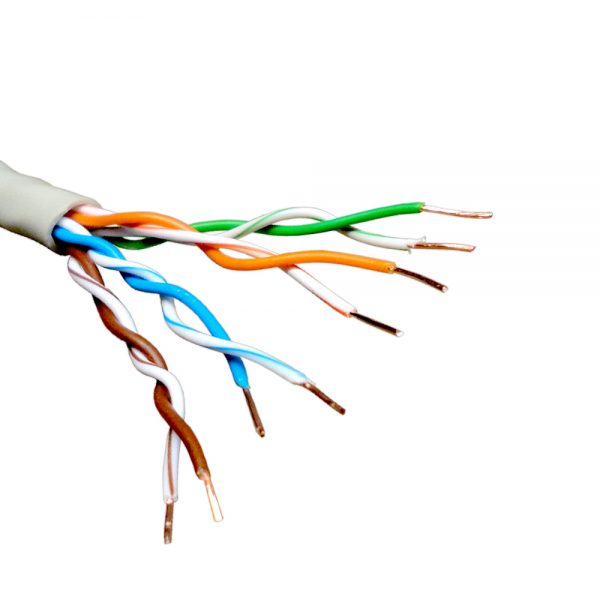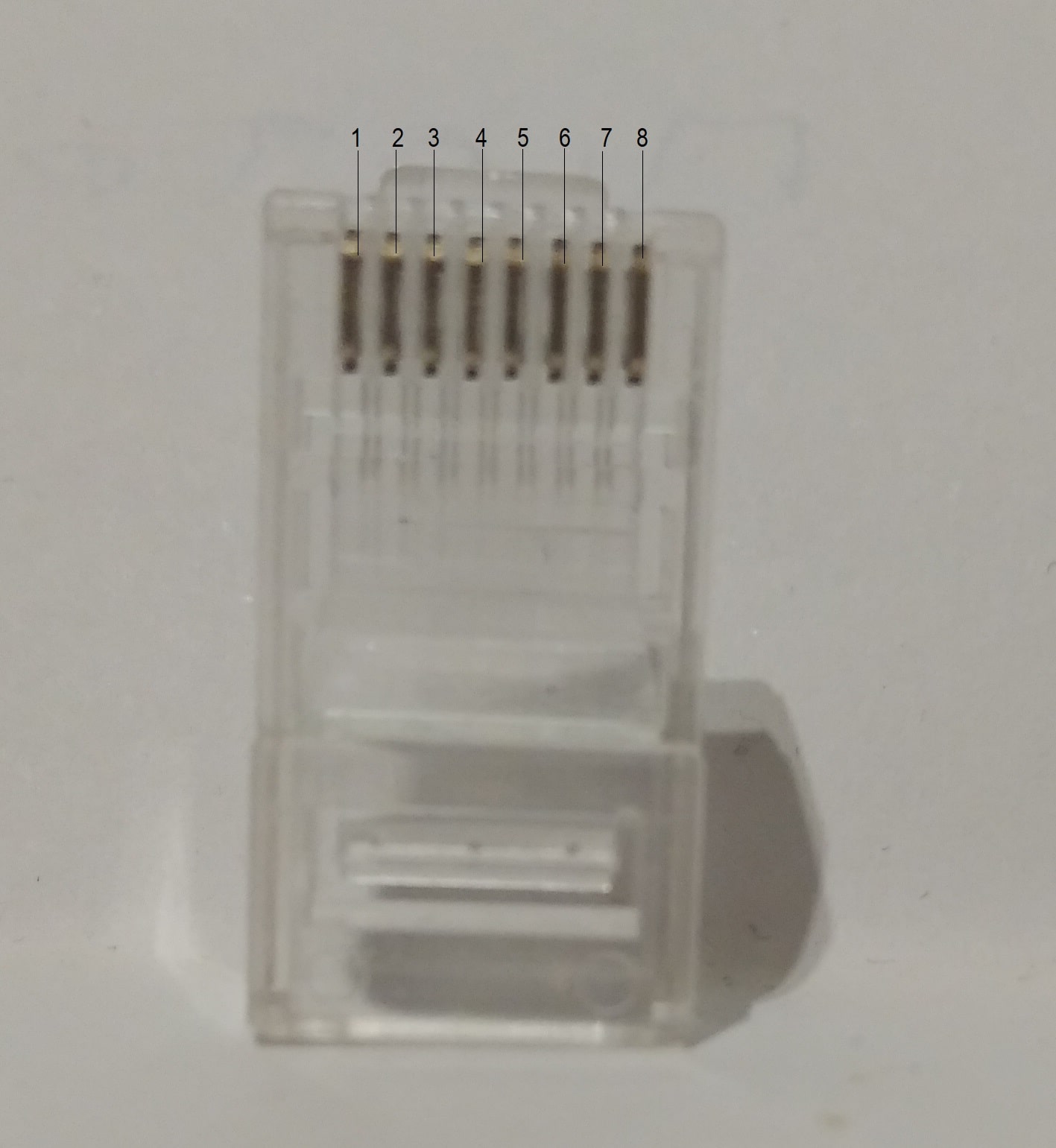We all know what an ethernet cable is, right? maybe not exactly sometimes not everything is so obvious, let's first clarify something ethernet is not a specific cable, it is a wired standard of local networking, so when we say ethernet cable we are not referring to anything specifically, what we want to say is a UTP ethernet cable, where it means UNSHIELDED TWISTED PAIRS, where UNSHIELDED tells us that it is unshielded and TWISTED PAIRS that have twisted pairs of cables inside.
Now you will wonder if there is an unshielded cable, there will also be an shielded cable too; yes it exists and we generally call it STP cable but there are many related categories with the way of shielding the cable and with different specifications, but the most general name we use is UTP cable.

ISO/IEC 11801 names
Cable names according to the standard ISO/IEC 11801 are u/utp , u/ftp , f/utp , s/utp, sf/utp, f/ftp , s/ftp, we will explain what each of these means in a minute but first we need understand how this naming works,
Let's take u/utp for example u stands for unshielded and tp for twisted pairs as we previously discussed, but why we have two u's like this u/u; the one outeside of slash u/utp means the type of shielding of the cable as a whole and the one in the inside u/utp means the type of shielding for each pair of cables inside, in this case we have no shielding in both the cable as a whole but also for each individual cable pair inside.
In the next table we can see what each of this types means, also note that s stands for shielded which is a metal net and f stands for foil which is an aluminium foil.
| ISO/IEC 11801 names | Shielding of cable | Shielding of pairs |
|---|---|---|
| U/UTP | none | none |
| U/FTP | none | aluminium foil |
| F/UTP | aluminium foil | none |
| S/UTP | metal net | none |
| SF/UTP | metal net, aluminium foil | none |
| F/FTP | aluminium foil | aluminium foil |
| S/FTP | metal net | aluminium foil |
The shielding of a cable helps to reduce problems with EMI (Electromagnetic interference) and noise.
Cable Categories CAT
In ethernet we have different categories of cables from CAT 3 up to CAT 8 as i'm writing this , the difference between these categories is the maximum speed they can handle without having any crosstalk (interference).

The numbers represent the tightness of the twists that are applied to the wires , in the following table we can see the speeds of each category , please note that these can vary depending of the manufacturer.
| Category | Speed | Advantages |
|---|---|---|
| CAT 3 | 10 Mbps | |
| CAT 5 | 100 Mbps | |
| CAT 5e | 1 Gbps | Enhanced |
| CAT 6 | 1 Gbps | 10 Gbps (cable length under 100 meters) |
| CAT 6a | 10 Gbps | Augmented |
| CAT 7 | 10 Gbps | Added shielding to the wires |
| CAT 8 | 40 Gbps | Added shielding to the wires |
CAT 3 and CAT 5 are obsolete and they are not used today.
Straight through vs Crossover
You may hear the term straight through and crossover when we talk about ethernet cables but what all this mean and what is the difference between this two? first we need to talk about the 8p8c (aka rj45) connector which is the connector of a utp cable which have 8 pins in front.

When we terminating the end of a cable with an rj45 connector we need to think about the order of of the wires, what goes in each pin, we can do that with the coloring of the wires and using one of the two standards T 568 A and T 568 B, in the following table we can see both standards.
| Pin number | T 568 A | T 568 B |
|---|---|---|
| 1 | white/green | white/orange |
| 2 | green | orange |
| 3 | white/orange | white/green |
| 4 | blue | blue |
| 5 | white/blue | white/blue |
| 6 | orange | green |
| 7 | white/brown | white/brown |
| 8 | brown | brown |
When we implementing the same standard in both ends of the cable we have a straight through cable and when we use a different standard in each end then we have a crossover cable , a straight through cable is used for connecting different types of devices like a PC with a switch or a hub, a crossover cable is used for connecting the same types of devices like a PC with PC or switch with switch, in reality both cables can do the job when connecting modern systems but it's good to know how they work.
The reason we used a different type of cable, for exaple a crossover, was because on a computer pins 1 and 2 was only for transmitting signal and 3 and 6 was only for receiving it , by changing the order of wires in one end we succeed to redirect the transmitting signal of one computer to the receiving point of the other computer.
It's that all ?
We only talk about the twisted pair cables but there's also fiber ethernet cables , we have alot to learn but that's all for now , i hope to see you in another article , In the meantime keep learning!